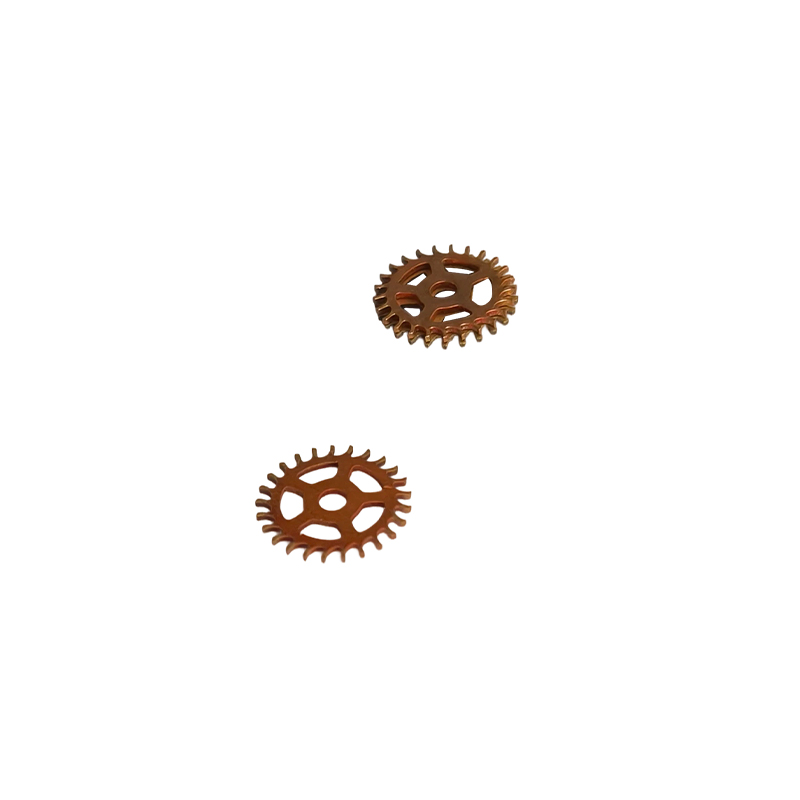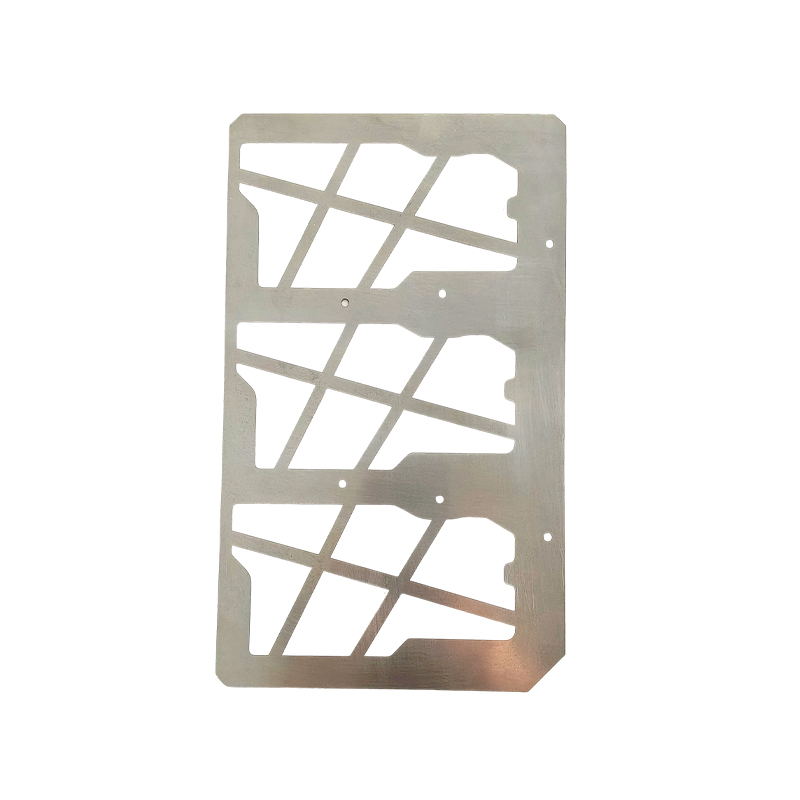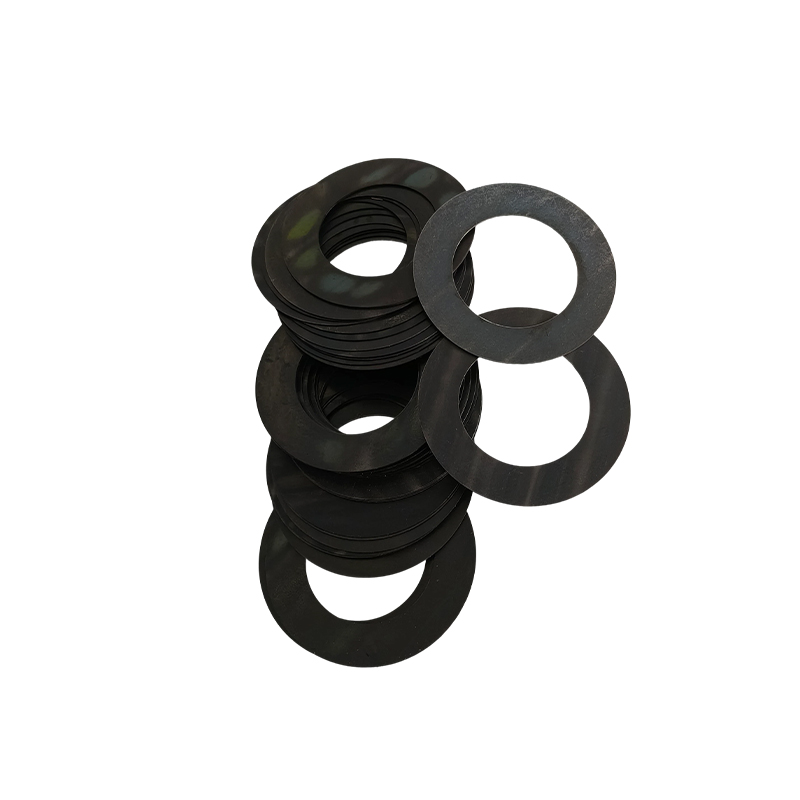How does laser cutting of stainless steel enhance the aesthetic value of a product's appearance?
Release Time : 2025-07-31
In modern manufacturing, stainless steel is widely used in various fields due to its excellent corrosion resistance, strength, and aesthetic qualities. However, traditional cutting methods often leave rough edges or deformation on the surface of stainless steel products, detracting from their overall aesthetic appeal. Advances in laser cutting technology have effectively addressed this issue. Laser cutting not only achieves high-precision cutting results but also significantly enhances the aesthetic value of stainless steel products. This article will explore in detail how laser cutting technology enhances the visual appeal of stainless steel products in various ways.
1. Fine Edge Processing
A major advantage of laser cutting technology is its non-contact processing method, which minimizes mechanical stress during the cutting process, thus avoiding the material deformation and edge burrs that can occur with traditional cutting methods. The laser beam is focused onto a very small spot by a focusing lens, creating an extremely high temperature zone that rapidly melts or vaporizes the stainless steel material, achieving precise cutting results. Because the laser cutting process causes virtually no additional physical damage to the material, the cut edges are incredibly smooth and delicate, allowing them to be used directly without further polishing. This meticulous edge treatment not only enhances the product's appearance but also reduces subsequent processing steps, lowering production costs.
2. Realizing Complex Patterns and Designs
Laser cutting machines are equipped with advanced numerical control (CNC) systems, enabling precise cutting according to pre-programmed designs. From simple geometric shapes to intricate artistic designs, they can easily create them. Designers can use computer-aided design (CAD) software to create arbitrary shapes, convert them into NC code, and then input them into the laser cutting machine for processing. This flexibility allows stainless steel products to move beyond traditional rectangular or circular designs and create unique, custom-made works of art. For example, in architectural decoration, laser-cut stainless steel screens, railings, and decorative panels can create a modern and artistic aesthetic through exquisite openwork patterns, significantly enhancing the overall aesthetic of a space.
3. Surface Treatment and Texture Creation
Beyond cutting itself, laser technology can also be used for surface treatment of stainless steel products, creating unique textured effects. By adjusting parameters such as laser power, frequency, and scanning speed, textures of varying depths and shapes can be created on stainless steel surfaces, such as brushed, matte, or embossed effects. These surface treatments not only enhance the product's tactile quality but also lend it a richer visual dimension. For example, in high-end furniture or interior decoration, laser-treated stainless steel surfaces can exhibit subtle variations in gloss, enhancing the product's sophistication and premium feel. Furthermore, laser engraving technology allows for text, logos, or patterns to be imprinted on stainless steel surfaces, adding a personalized touch.
4. Optimizing Color and Light and Shadow Effects
Laser cutting technology enables precise control of the cutting path and depth, enabling fine-tuned control of light reflection and refraction. This is particularly crucial for highly reflective materials like stainless steel. By carefully designing the cutting path and angle, light can be reflected in varying patterns on the surface, creating dynamic light and shadow effects. For example, in outdoor landscape lighting fixtures, laser-cut stainless steel lampshades can be cleverly designed to evenly diffuse light through the cut slits, creating a soft and layered lighting effect. This light and shadow effect not only enhances the product's functionality but also enhances its visual appeal, making it a striking addition to the environment.
5. Environmental Protection and Sustainable Development
Laser cutting, as a clean and efficient processing method, consumes less energy and produces less waste than traditional cutting methods. It does not require large amounts of coolant or other chemicals, reducing the risk of environmental pollution. Furthermore, the high precision of laser cutting technology means higher material utilization and less waste. This environmentally friendly feature not only meets modern society's demand for green manufacturing but also enhances the market competitiveness of stainless steel products. Consumers are increasingly choosing products that are both aesthetically pleasing and environmentally friendly, and laser-cut stainless steel products precisely meet this demand.
6. Integrated Intelligent Monitoring and Adaptive Adjustment
Modern laser cutting equipment is typically equipped with an intelligent monitoring system that monitors various cutting process parameters, such as temperature, speed, and power, in real time, automatically adjusting cutting conditions based on actual conditions to ensure optimal cutting results. This intelligent management system not only improves production efficiency but also ensures consistent quality across every product. For example, in large-scale production, intelligent monitoring systems can help identify and correct any factors that may degrade cutting quality, ensuring that each batch of products maintains the same high-quality appearance. Furthermore, some high-end laser cutting equipment features adaptive adjustment capabilities, automatically adjusting cutting parameters to suit the varying thicknesses and types of stainless steel, further enhancing the aesthetics of the product.
In summary, laser cutting of stainless steel products significantly enhances the aesthetic value of the product through a variety of methods, including fine edge processing, complex pattern creation, surface treatment and texture creation, color and light and shadow optimization, and environmental and sustainable development. This not only ensures that stainless steel products excel in functionality and durability, but also provide a pleasing visual and tactile experience.
1. Fine Edge Processing
A major advantage of laser cutting technology is its non-contact processing method, which minimizes mechanical stress during the cutting process, thus avoiding the material deformation and edge burrs that can occur with traditional cutting methods. The laser beam is focused onto a very small spot by a focusing lens, creating an extremely high temperature zone that rapidly melts or vaporizes the stainless steel material, achieving precise cutting results. Because the laser cutting process causes virtually no additional physical damage to the material, the cut edges are incredibly smooth and delicate, allowing them to be used directly without further polishing. This meticulous edge treatment not only enhances the product's appearance but also reduces subsequent processing steps, lowering production costs.
2. Realizing Complex Patterns and Designs
Laser cutting machines are equipped with advanced numerical control (CNC) systems, enabling precise cutting according to pre-programmed designs. From simple geometric shapes to intricate artistic designs, they can easily create them. Designers can use computer-aided design (CAD) software to create arbitrary shapes, convert them into NC code, and then input them into the laser cutting machine for processing. This flexibility allows stainless steel products to move beyond traditional rectangular or circular designs and create unique, custom-made works of art. For example, in architectural decoration, laser-cut stainless steel screens, railings, and decorative panels can create a modern and artistic aesthetic through exquisite openwork patterns, significantly enhancing the overall aesthetic of a space.
3. Surface Treatment and Texture Creation
Beyond cutting itself, laser technology can also be used for surface treatment of stainless steel products, creating unique textured effects. By adjusting parameters such as laser power, frequency, and scanning speed, textures of varying depths and shapes can be created on stainless steel surfaces, such as brushed, matte, or embossed effects. These surface treatments not only enhance the product's tactile quality but also lend it a richer visual dimension. For example, in high-end furniture or interior decoration, laser-treated stainless steel surfaces can exhibit subtle variations in gloss, enhancing the product's sophistication and premium feel. Furthermore, laser engraving technology allows for text, logos, or patterns to be imprinted on stainless steel surfaces, adding a personalized touch.
4. Optimizing Color and Light and Shadow Effects
Laser cutting technology enables precise control of the cutting path and depth, enabling fine-tuned control of light reflection and refraction. This is particularly crucial for highly reflective materials like stainless steel. By carefully designing the cutting path and angle, light can be reflected in varying patterns on the surface, creating dynamic light and shadow effects. For example, in outdoor landscape lighting fixtures, laser-cut stainless steel lampshades can be cleverly designed to evenly diffuse light through the cut slits, creating a soft and layered lighting effect. This light and shadow effect not only enhances the product's functionality but also enhances its visual appeal, making it a striking addition to the environment.
5. Environmental Protection and Sustainable Development
Laser cutting, as a clean and efficient processing method, consumes less energy and produces less waste than traditional cutting methods. It does not require large amounts of coolant or other chemicals, reducing the risk of environmental pollution. Furthermore, the high precision of laser cutting technology means higher material utilization and less waste. This environmentally friendly feature not only meets modern society's demand for green manufacturing but also enhances the market competitiveness of stainless steel products. Consumers are increasingly choosing products that are both aesthetically pleasing and environmentally friendly, and laser-cut stainless steel products precisely meet this demand.
6. Integrated Intelligent Monitoring and Adaptive Adjustment
Modern laser cutting equipment is typically equipped with an intelligent monitoring system that monitors various cutting process parameters, such as temperature, speed, and power, in real time, automatically adjusting cutting conditions based on actual conditions to ensure optimal cutting results. This intelligent management system not only improves production efficiency but also ensures consistent quality across every product. For example, in large-scale production, intelligent monitoring systems can help identify and correct any factors that may degrade cutting quality, ensuring that each batch of products maintains the same high-quality appearance. Furthermore, some high-end laser cutting equipment features adaptive adjustment capabilities, automatically adjusting cutting parameters to suit the varying thicknesses and types of stainless steel, further enhancing the aesthetics of the product.
In summary, laser cutting of stainless steel products significantly enhances the aesthetic value of the product through a variety of methods, including fine edge processing, complex pattern creation, surface treatment and texture creation, color and light and shadow optimization, and environmental and sustainable development. This not only ensures that stainless steel products excel in functionality and durability, but also provide a pleasing visual and tactile experience.







